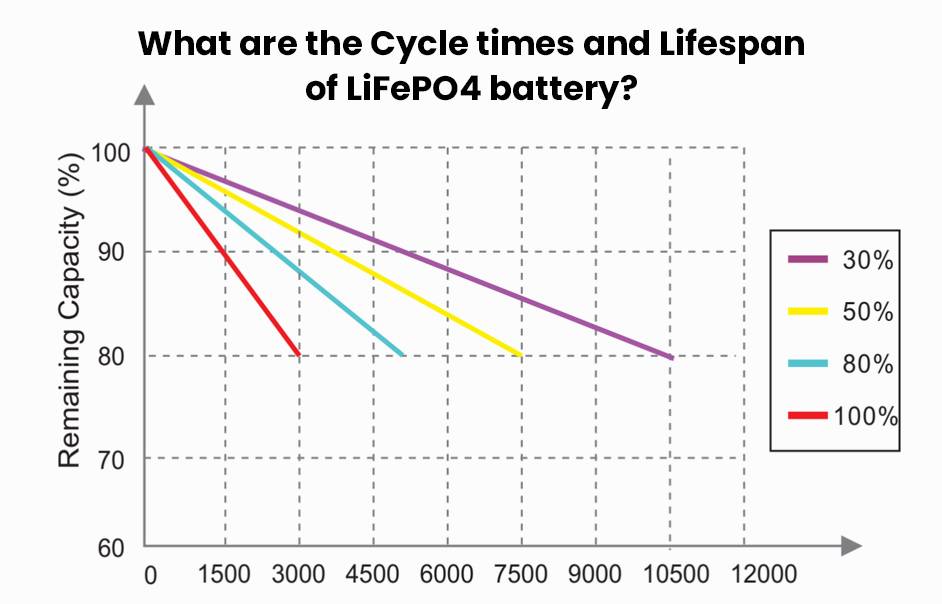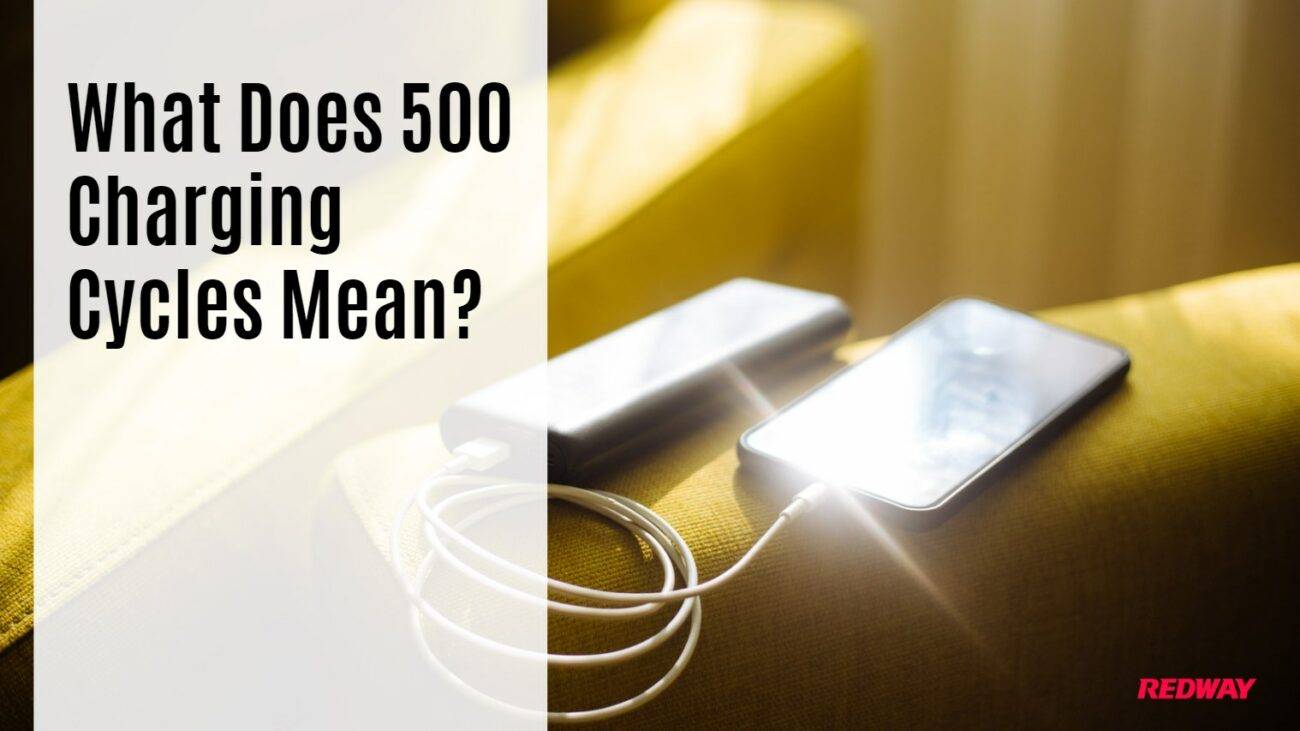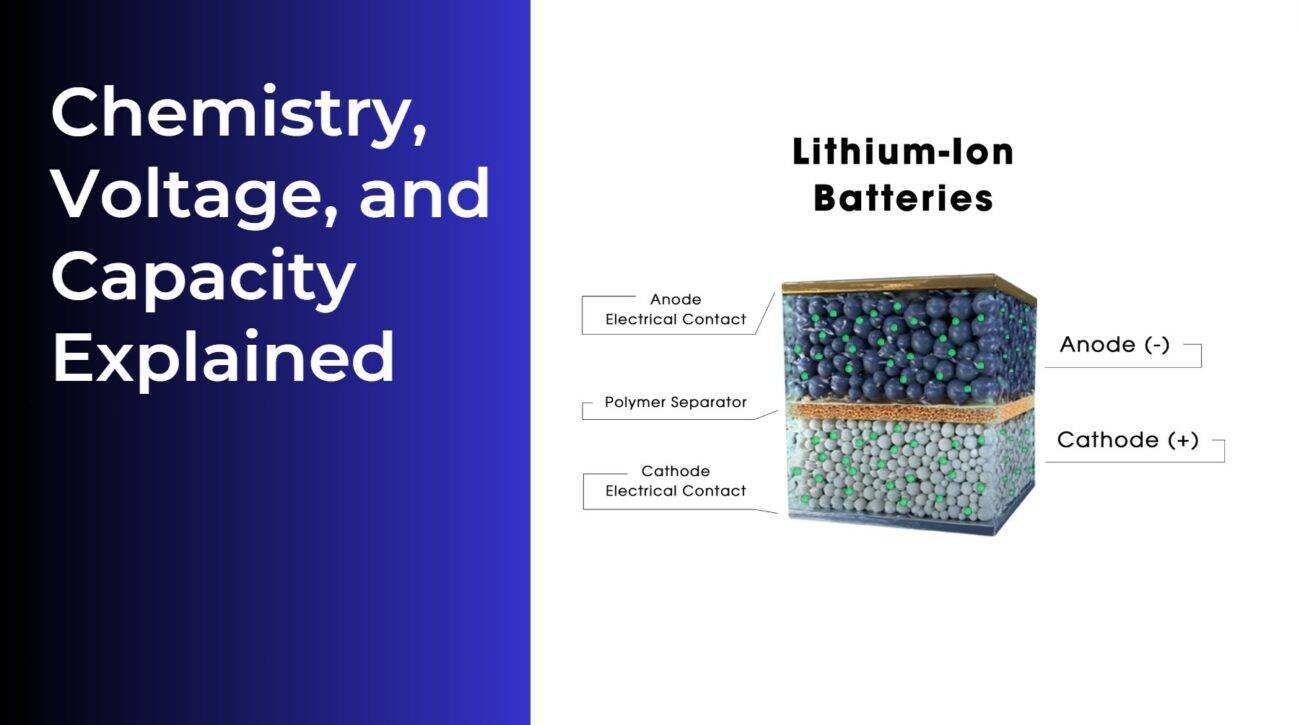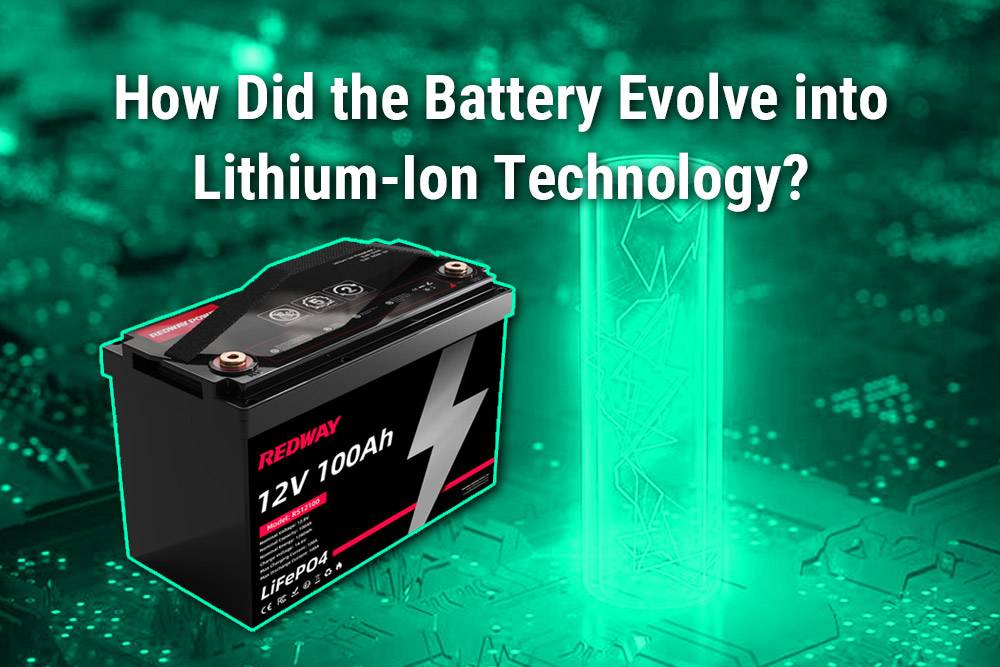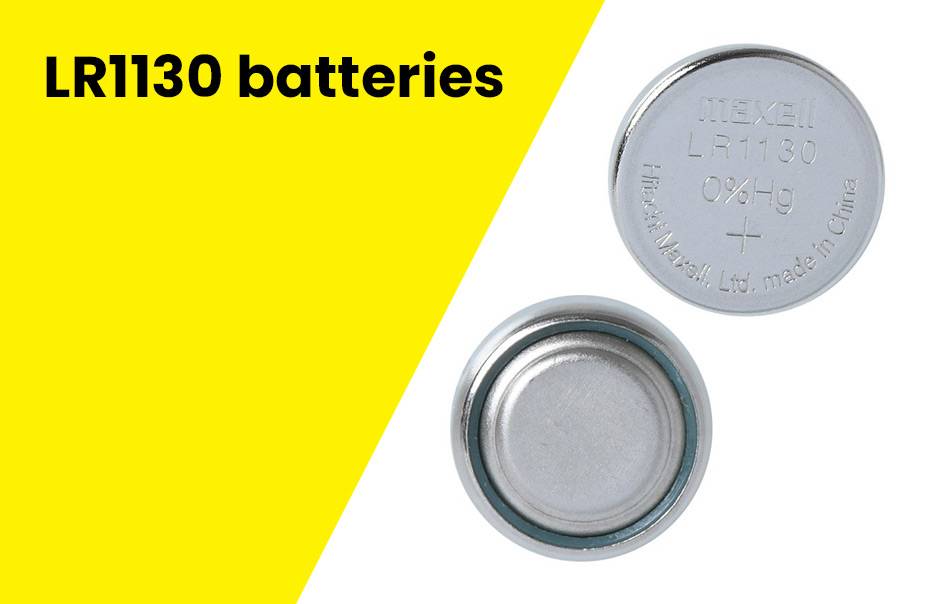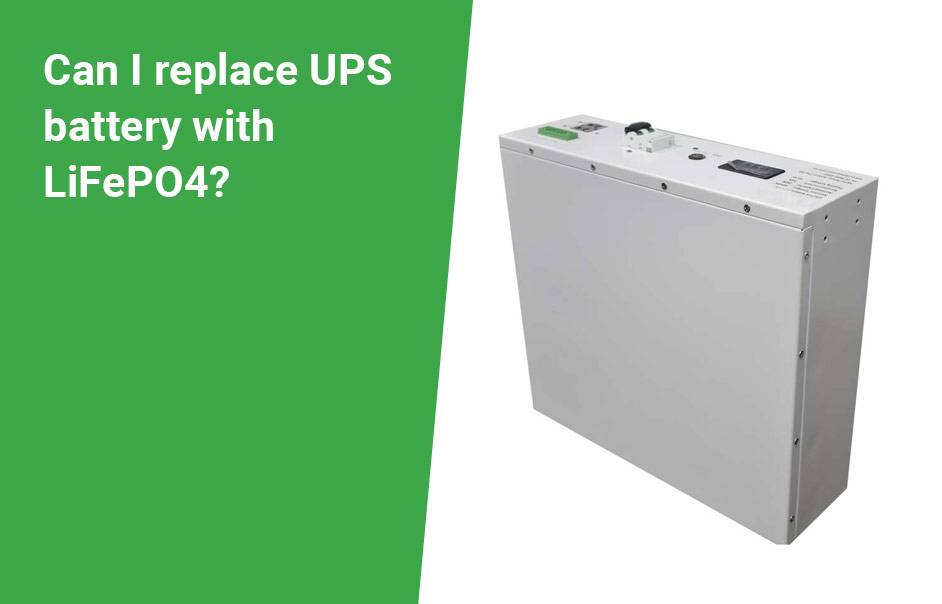Discover the solution to your battery hassles with Lifepo4 batteries. Delve into their cycle times, lifespan, and factors influencing performance in this insightful blog post. Gain valuable tips to prolong battery life and compare Lifepo4 with other types. Embark on an electrifying journey through cutting-edge technology, and get ready to charge up your knowledge. Sit back, grab a cup of coffee, and explore the secrets behind reliable and long-lasting power.
Understanding Cycle Times and Lifespan of Batteries
Understanding the cycle times and lifespan of batteries is crucial for evaluating their performance and durability. Let’s delve into key points about these vital aspects.
- Cycle Times and Lifespan Overview:
- Cycle Time: It’s the number of charge-discharge cycles a battery can undergo before capacity degradation.
- Lifespan: The total effective period a battery can be used before requiring replacement.
- Factors Influencing Performance:
- Usage patterns, charging methods, temperature, depth of discharge (DoD), and battery quality impact cycle times and lifespan.
- Frequent deep discharges or exposure to high temperatures can significantly shorten a battery’s lifespan.
- LiFePO4 Advantages:
- LiFePO4 batteries, compared to traditional lead-acid ones, offer more than 2000 charge-discharge cycles with minimal capacity loss.
- Proper care, including avoiding extreme temperatures and overcharging, can further extend LiFePO4 battery life.
Understanding these aspects is crucial in selecting a battery that aligns with your needs and budget. LiFePO4 batteries prove to be durable and reliable for long-term energy storage, outperforming many alternatives on the market.
By adopting best practices for maintenance and usage specific to LiFePO4 technology, you can ensure optimal performance and maximize the longevity of your investment in energy storage solutions.
Factors Affecting Cycle Times and Lifespan
Explore the key factors influencing the cycle times and lifespan of Lifepo4 batteries and how to optimize their longevity.
- Depth of Discharge:
- Shallow discharges (keeping above 20-30% capacity) contribute to longer overall lifespan for Lifepo4 batteries.
- Temperature Impact:
- Extreme temperatures, both high and low, affect performance. High temperatures accelerate degradation, while very low temperatures reduce overall capacity temporarily.
- Charging Methods:
- Optimal charging involves using a dedicated charger designed for Lifepo4 batteries, avoiding overcharging or undercharging.
- Charging Voltage:
- Overcharging or using an incorrect voltage can lead to cell damage and reduce battery lifespan.
- Usage Patterns:
- Frequency and intensity of battery usage impact cycle times and total lifespan.
- Quality of Components:
- Materials used in manufacturing and assembly techniques significantly affect Lifepo4 battery durability.
- Storage Conditions:
- Storing batteries at high or low temperatures for extended periods when not in use can cause irreversible damage.
Understanding and addressing these factors through proper care and usage practices will help extend the life expectancy of your Lifepo4 batteries.
Comparing Lifepo4 Batteries to Other Types
Choosing the right battery is crucial, and Lifepo4 stands out among options. Let’s explore its advantages over other types.
- Impressive Cycle Times: Lifepo4 batteries boast an extended lifespan with numerous charge-discharge cycles, ensuring reliable performance over time. Unlike some batteries, they maintain capacity through repeated use.
- Durable Lifespan: Lifepo4 batteries excel in durability, enduring extreme temperatures and harsh conditions better than most alternatives. Their long-lasting performance makes them a reliable choice for various applications.
- Enhanced Safety Features: Lifepo4 batteries come equipped with built-in safety mechanisms, preventing risks like overheating or explosions. This ensures a secure and worry-free usage experience compared to certain battery types.
- Higher Energy Density: Compared to traditional lead-acid or lithium-ion batteries, Lifepo4 offers a higher energy density. This means they can store more energy in a compact package, making them ideal for space-limited applications.
- Environmental Friendliness: Lifepo4 sets itself apart by being environmentally friendly. Free from toxic materials like lead or cadmium, they are easy to recycle and dispose of responsibly.
In summary, when considering factors such as cycle times, lifespan, safety features, energy density, and environmental impact, Lifepo4 emerges as a reliable and preferable option for your power storage needs.
How to Extend the Life of Your Lifepo4 Battery
Maximize the lifespan of your Lifepo4 battery with these simple steps. Follow these guidelines to ensure optimal performance and reliability for years to come.
- Proper Charging: Charge your Lifepo4 battery correctly to avoid overcharging or undercharging. Invest in a high-quality charger designed for Lifepo4 batteries to maintain their longevity.
- Temperature Control: Protect your battery from extreme temperatures. High heat and freezing conditions can both harm the battery, impacting its capacity and cycle life. Keep it in a moderate temperature environment.
- Regular Maintenance: Conduct regular maintenance by cleaning the battery surface from dust or debris. Check for loose connections and tighten them if needed. This ensures a clean and secure setup for optimal performance.
- Smart Storage: If not in use for an extended period, store the battery in a cool, dry place with around 40-60% charge. This prevents self-discharge and over-discharge during storage, preserving its health.
- Device Usage Awareness: Be mindful of how you use devices powered by Lifepo4 batteries. Minimize unnecessary power drain by closing unused applications and reducing screen brightness when possible.
Following these practical tips will help you get the most out of your Lifepo4 battery, ensuring reliable and long-lasting performance. Make these habits a part of your battery care routine for a hassle-free experience!
Real-life Examples and Experiences with Lifepo4 Batteries
Discover the real-life impact of Lifepo4 batteries through compelling experiences. These firsthand accounts showcase the reliability and longevity of Lifepo4, making it a preferred choice for diverse applications.
- John’s RV Adventures: John, an avid camper, invested in a Lifepo4 battery for his RV. During extended off-grid trips, the battery consistently provided a steady power supply, maintaining optimal performance even after multiple charge-discharge cycles.
- Sarah’s Solar Power Success: Homeowner Sarah installed a solar power system with Lifepo4 batteries. Even on cloudy days, the batteries stored enough energy to power her home throughout the night. Their efficiency endured over time, eliminating the need for frequent replacements.
- Mark’s Marine Upgrade: Boat owner Mark switched from traditional lead-acid batteries to Lifepo4 for his vessel. Not only did he experience a significant weight reduction, but the batteries also outlasted previous types, showcasing their durability and extended lifespan.
These experiences underscore the advantages of Lifepo4 batteries in various applications, from recreational vehicles to renewable energy systems. Their ability to endure numerous charge-discharge cycles while maintaining optimal performance makes Lifepo4 a reliable choice for those seeking long-lasting power solutions.
Consider Lifepo4 batteries if you’re looking for a technology that offers greater cycle times and extended lifespans. The positive testimonials from users like John, Sarah, and Mark attest not only to their durability but also their effectiveness in meeting diverse energy needs. Make the switch and experience the reliability of Lifepo4 for yourself!
Conclusion: Is a Lifepo4 Battery Right for You?
For those requiring a reliable and long-lasting power source, the decision on whether a Lifepo4 battery is right depends on specific needs. Ideal for applications like electric vehicles and solar energy storage, Lifepo4 batteries boast impressive cycle life and extended lifespan, outperforming other lithium-ion types. Despite a potentially higher upfront cost, they often offer better long-term value. Following best practices and real-life success stories underscore their consistent performance. In summary, if durability, cycling capabilities, and longevity matter to you, a Lifepo4 battery is a worthy consideration for demanding applications where reliability is crucial.
FAQs
Is LiFePO4 a lipo?
Yes, LiFePO4 is a type of lipo battery. LiFePO4 and LiPo are both lithium chemistries used in lithium polymer batteries. The difference lies in their anodes, cathodes, and internal metals. LiFePO4 stands for lithium iron phosphate, while LiPo stands for lithium polymer. The naming conventions can be confusing as they have evolved over time.
Can LiFePO4 catch fire?
Yes, LiFePO4 batteries are highly safe and do not catch fire under normal operating conditions. They have a very stable chemistry and use a non-flammable electrolyte that does not catch fire, even if the battery is punctured or damaged. LiFePO4 batteries are incombustible and provide an excellent level of safety compared to other lithium batteries.
Are LiFePO4 batteries good?
Yes, LiFePO4 batteries are the safest type of lithium battery, with no risk of overheating or catching fire. The cathode material is non-hazardous, making them environmentally friendly. LiFePO4 batteries have a long lifespan, high energy density, and perform well in various applications. Enjoy peace of mind and reliable performance with LiFePO4 batteries.
Is LiFePO4 the same as lithium ion?
No, LiFePO4 batteries are not the same as lithium-ion batteries. LiFePO4, also known as lithium iron phosphate, offers a longer lifespan, increased thermal stability, and enhanced safety compared to traditional lithium-ion batteries. Composed of lithium, iron, and phosphate ions, LiFePO4 batteries are relatively safer and more stable, making them an excellent choice for various applications.
How do LiFePO4 batteries compare to lead-acid and gel batteries?
LiFePO4 batteries have a longer cycle life compared to lead-acid and gel batteries. They can be charged and discharged more times before losing capacity. LiFePO4 batteries also have a higher charging efficiency and are more environmentally friendly, as they do not contain hazardous materials. With their stability and safety features, LiFePO4 batteries are the preferred choice for various applications.
What are LiFePO4 batteries and how do they differ from other lithium batteries?
LiFePO4 batteries, also known as lithium iron phosphate batteries, offer a longer lifespan than lithium-ion batteries, lasting up to 10 years in the right conditions. They are rechargeable batteries that use lithium ions to store and release electrical energy. LiFePO4 batteries are known for their enhanced safety features and thermal stability, making them a reliable and long-lasting choice for various applications.
Can I leave my LiFePO4 battery on the charger?
Yes, it is generally safe to leave a LiFePO4 battery on the charger. LiFePO4 batteries have high safety standards and are not prone to overcharging or over-discharging. This means that it won’t negatively impact the battery’s lifespan or performance if it remains connected to the charger for an extended period. However, it is always recommended to follow the manufacturer’s guidelines for charging and storage.
Is LiFePO4 better than lithium-ion?
LiFePO4 batteries have the edge over lithium-ion batteries. They last 4-5 times longer in terms of cycle life and are considered safer. Unlike lithium-ion batteries, LiFePO4 batteries do not overheat or catch fire. With their longer lifespan and enhanced safety features, LiFePO4 batteries are the preferred choice for various applications.

